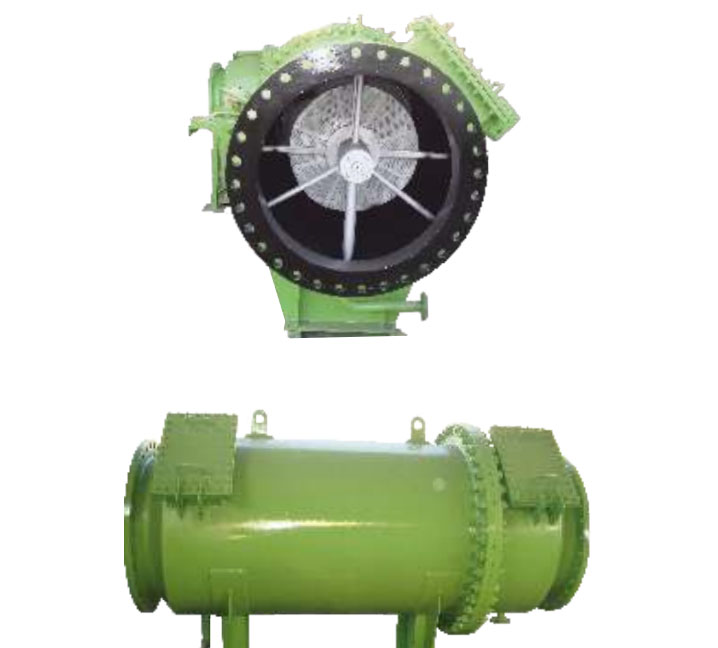Debris Filter
Fouling phenomena are common and diverse, ranging from fouling of ship hulls, natural surfaces in the marine environment (marine fouling), fouling of heat-transfer components through ingredients contained in the cooling water or gases.
Debris Filter
The following are examples of components that may be subject to fouling and the corresponding effects of fouling:
- Heat exchanger surfaces – reduces thermal efficiency, decreases
heat flux, increases temperature on the hot side, decreases temperature on the cold side, induces under deposit corrosion, increases use of cooling water. - Piping, flow channels – reduces flow, increases pressure drop, increases upstream pressure, increases energy expenditure, may cause flow oscillations, slugging in two-phase flow, cavitation; may increase flow velocity elsewhere, may induce vibrations, may cause flow blockage
- Ship hulls – creates additional drag, increases fuel usage, reduces maximum speed.
- Turbines – reduces efficiency, increases probability of failure.
- Solar panels – decreases the electrical power generated.
- Reverse osmosis membranes – increases pressure drop,
increases energy expenditure, reduces flux, membrane failure
(in severe cases). - Electrical heating elements – increases temperature of the element, increases corrosion, reduces lifespan.
- Nuclear fuel in pressurized water reactors – axial offset anomaly[3], may need to de-rate the power plant.
- Injection/spray nozzles (e.g., a nozzle spraying a fuel into a furnace) – incorrect amount injected, malformed jet, component inefficiency, component failure.
- Venturi tubes, orifice plates – inaccurate or incorrect measurement of flow rate.
- Venturi tubes, orifice plates – inaccurate or incorrect measurement of flow rate.
